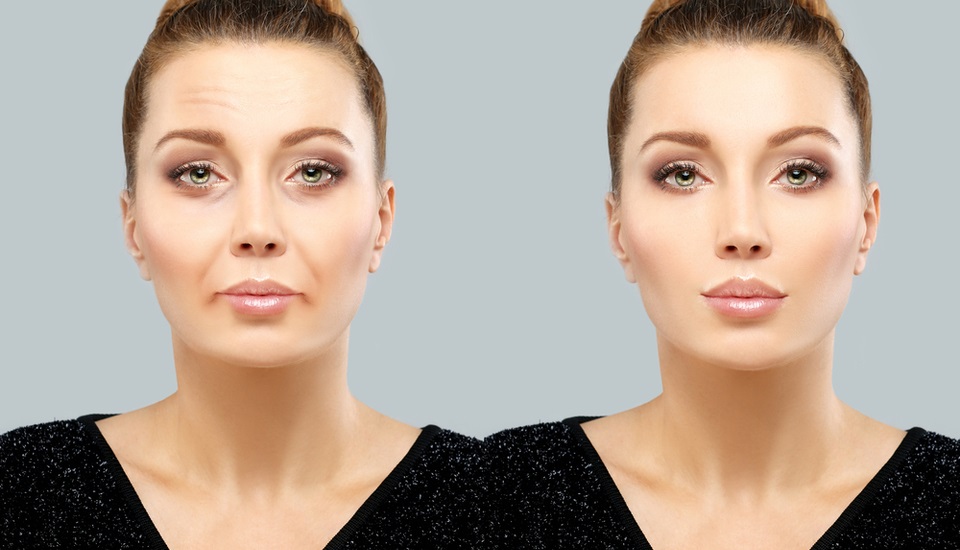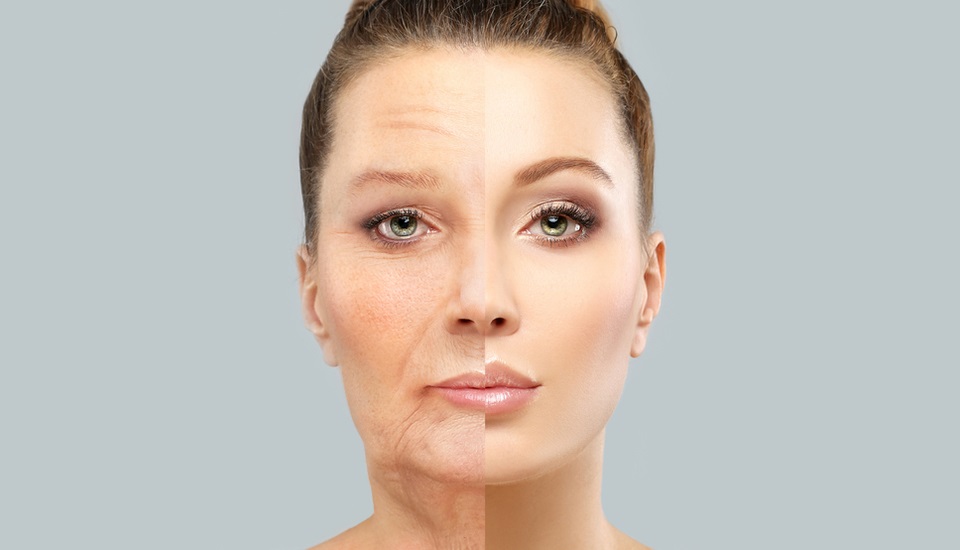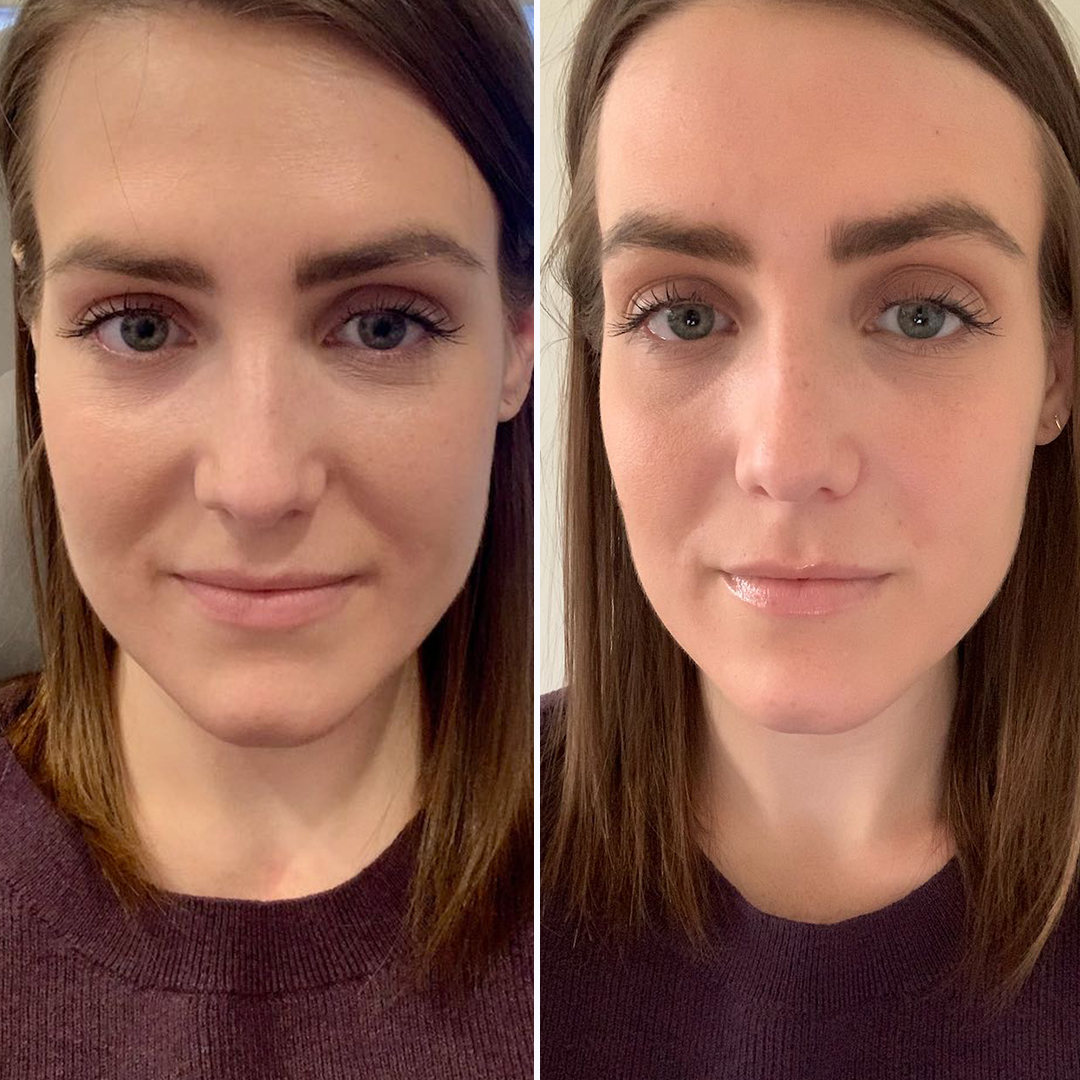Nasolabial Fold Filler ;The nasolabial folds are lines that extend from each side of the nose to the corners of the mouth. They begin as fine lines and deepen over time.
Nasolabial fold filler is a cosmetic treatment that adds volume under the skin, filling out wrinkles or other depressions in the face.
The procedure is also called a smile line filler or nasolabial line filler.
This article will look at what nasolabial fold filler treatment involves and whether it is effective for treating wrinkles.
Nasolabial fold filler is used for the upper lip and the corners of the mouth. Filler is injected under the skin in the nasolabial folds to soften fine lines and wrinkles.
Nasolabial Fold Fillers are a type of dermal fillers, which are most commonly used for facial rejuvenation. Nasolabial fold fillers can be used to correct nasolabial folds, or smile lines, which are two lines that run from the nose to the mouth.
Nasolabial Fold Fillers are also used to treat marionette lines and melomental folds, which are lines that run from the mouth to the chin.
The procedure takes 30 minutes or less. After cleansing your face, your clinician will apply a topical anesthetic cream to numb your skin. Then they will use an ultra-fine needle to inject filler into your nasolabial fold or other facial crease. Immediately after treatment, you might experience some slight swelling. This can be minimized by icing the area for 15 minutes after treatment.
The nasolabial folds, sometimes called laugh lines, are the deep creases that run from each side of your nose to the corners of your mouth.
The first signs of aging in these areas may appear as early as your 20s or 30s. As you get older, the folds may become more pronounced and you may feel self-conscious about them.
You can have filler injected into your nasolabial folds to improve their appearance. This procedure is quick, with little to no downtime.
Keep reading to learn how filler is used for nasolabial folds, including the types of filler that are most commonly used, how much it costs, and potential risks.
Nasolabial folds are the lines that extend from the corners of your nose to the corners of your mouth. They are also known as smile or laugh lines, and can be a source of frustration for many people.
As we age, our skin loses its elasticity, and this can cause nasolabial folds to deepen. This is a normal part of the aging process but can make you look older than you feel.
Dermal fillers can be used to fill in nasolabial folds, giving you a more youthful appearance.
The results will last around six months before requiring repeat treatments.
The nasolabial folds are the lines that run down both sides of the nose to the upper lip. They form naturally as a result of cheek volume loss and skin laxity. They are often referred to as laugh lines or smile lines, although they are not always visible when the face is relaxed.
Dermal fillers can be used to improve the appearance of these folds by adding volume and smoothing out the contours of the face. As we get older, we lose collagen, which causes skin to lose its elasticity and firmness, resulting in sagging skin. Dermal filler injections add volume to your nasolabial folds, which will make them look more youthful and less pronounced.
Facial fillers are temporary or permanent materials injected into the skin to add volume and improve the appearance of wrinkles, facial folds and scars. Most of these products contain substances that occur naturally in the body, such as hyaluronic acid, collagen or fat.
Filler injections are performed in your doctor’s office or clinic. The procedure is performed using a fine needle or blunt-tipped cannula (a thin tube inserted into the skin). You may need more than one injection session to achieve the desired results.
The effects of most fillers last from four months to two years, depending on the product used. Some fillers stimulate your body’s own collagen production and may produce more permanent results. Collagen fillers and some hyaluronic acid fillers last about three months, while others last six months to a year or longer. Fat fillers can be permanent.
Many people return for periodic treatments to help maintain their initial results.
How Long do Nasolabial Fold Fillers Last?

The longevity of nasolabial fold filler treatments depend on which dermal filler is right for your skin.
The most common dermal fillers are hyaluronic acid fillers. These include Restylane and Juvederm. These fillers are broken down by the body into water and sugar over time. The breakdown process is not immediate because these products also contain lidocaine, or an anesthetic, to help with pain.
How long do nasolabial fold fillers last?
Nasolabial fold filler treatments can last anywhere between six to 18 months depending on the type of dermal filler used, the patient’s age, lifestyle, medical history and the severity of their wrinkles.
The goal of nasolabial fold filler is to soften the creases that run from your nose to the corners of your mouth. The depth of your folds and how much filler you need will determine the longevity of your results.
In general, when you get nasolabial fold filler, you can expect to see results for six months to a year. Optimal results can be maintained with occasional touch-ups.
There are many different types of hyaluronic acid-based fillers on the market. Some are FDA approved for nasolabial folds, some are not. Some can last up to 2 years and others can only last up to 6 months. It really depends on the filler itself.
As a general rule of thumb, the longer a filler lasts, the more it costs and the longer you generally have to wait before you start noticing an effect.
The other thing is that these fillers can be injected at different depths in your skin. The deeper you inject, the longer it lasts but it also tends to look more artificial.
Answered by:
Amber Marie Watkins, MD
The length of a filler depends on several factors. In general, hyaluronic acid fillers tend to last about a year and Radiesse can last anywhere from 1-2 years. The nasolabial fold tends to be an area that is constantly moving and so the average duration of a filler here is less than in other areas. Other factors that can affect how long the results of a filler last are genetics and lifestyle. For example, someone who smokes will tend to see their results fade more quickly than those who do not smoke.
I’ve had a lot of experience with facial fillers, including nasolabial folds. When I was in practice, I would inject a lot of Restylane and Juvederm, which are hyaluronic acid fillers. The effects can last for one to two years. They do vary from person to person.
The reason why it’s so different from patient to patient is because everyone breaks down the filler at a different rate. In addition, you have different types of fillers that are used in different places on the face. Some areas that have more movement will break down quicker than other areas such as the tear trough, which has very little movement. They tend to last longer there.
So if you’re looking for a range of longevity, it’s anywhere from six months to two years, depending on the area and the individual patient’s characteristics.
Dermal fillers are products that add volume to areas of the face. They come in varying consistencies and strengths, meaning they’re capable of treating different concerns.
While some patients prefer to undergo surgery to correct their lines, others would rather opt for a non-surgical option which gives them a more natural look and feel.
This is where dermal fillers can be used, as they require no incisions, less downtime and deliver more subtle results.
What is The Best Filler For Nasolabial Folds?

The best filler for nasolabial folds is a hyaluronic acid filler.
The most popular of these is Restylane Silk.
Restylane Silk is approved by the FDA for lip augmentation, smoothing wrinkles around the mouth, and generally rejuvenating your lips.
Restylane Silk can give you results that last up to 6 months and more.
Restylane’s formula for dermal fillers also contains lidocaine, making it less painful than other dermal fillers.
Restylane is not the best filler for nasolabial folds. That would be Juvederm Ultra Plus, or Restylane Lyft. If you have mild folds, then Restylane or Belotero or Juvederm Voluma would work well.
The best filler for nasolabial folds is Juvederm Ultra Plus XC. Juvederm Ultra Plus is a thicker version of the Juvederm family, and is a great option to help give you the structure that you would like around your lips and mouth area.
Hyaluronic acid fillers are the most popular cosmetic filler material on the market today. They are biodegradable – meaning that your body will absorb them over time – and can be injected almost anywhere in the body to add volume to skin.
The nasolabial folds, often referred to as smile lines or laugh lines, are creases running from the side of the nose to the corners of the mouth. The nasolabial folds become more noticeable with age. Treatment with a dermal filler can help smooth these lines and restore volume to the face.
The best dermal fillers for nasolabial folds are injectable gels that contain either hyaluronic acid (HA) or calcium hydroxylapatite (CaHA). Both ingredients are found naturally in the body, which reduces the risk of allergic reaction. These fillers also tend to be longer-lasting than other types of fillers.
Injectable treatments containing HA include Juvederm Ultra, Juvederm Ultra Plus and Restylane. RADIESSE is an injectable treatment that contains CaHA.
Because these ingredients are found naturally in the body, they are eventually broken down and eliminated by the body’s natural processes. This means that patients will need occasional repeat injections to maintain their results.
In my practice, I use Restylane and Juvederm fillers for correcting nasolabial folds. In both cases, the results can last up to 1 year. Also, you need only one or two injections to get the result you want.
Restylane is a crystal-clear injectable gel made of hyaluronic acid (HA), a natural substance that already exists in the human body and is used to provide volume and fullness to the skin.
Juvederm is a smooth gel filler which adds volume and fullness to the skin to correct moderate to severe facial wrinkles and folds, such as the lines from your nose to the corners of your mouth (nasolabial folds).
There are other fillers available on the market but Restylane and Juvederm are by far the most popular ones.
Dermal fillers are designed to add volume and correct folds, wrinkles and scars. Depending on the depth of the nasolabial fold, you may need a thicker or thinner filler. I tend to use Restylane and Radiesse in this area.
We are seeing more and more people in their 20s come to us for dermal fillers. It’s not unusual to have patients as young as 20 who want to improve a problem area before it becomes worse. However, the fact is, most women don’t need filler in their 20s.
For some people, an early start on anti-aging efforts is necessary because of genetics or other factors that make them look older than their peers. But for most women, starting at about age 30 is about right.
The late 20s may be a good time to begin using Botox and some fillers in order to prevent wrinkles from forming. Filler can also be used to correct problems that have already occurred, such as nasolabial lines (the lines that run from your nose to the corners of your mouth). There are many different types of fillers available today with varying longevity, but all offer temporary correction of these creases.
Fillers are typically injected into the skin; facial fat grafting involves removing fat from one part of your body and injecting it into the face in order to achieve a plumper result. Fat grafting is not a filler per se; it’s a transplantation technique that uses your own fat
